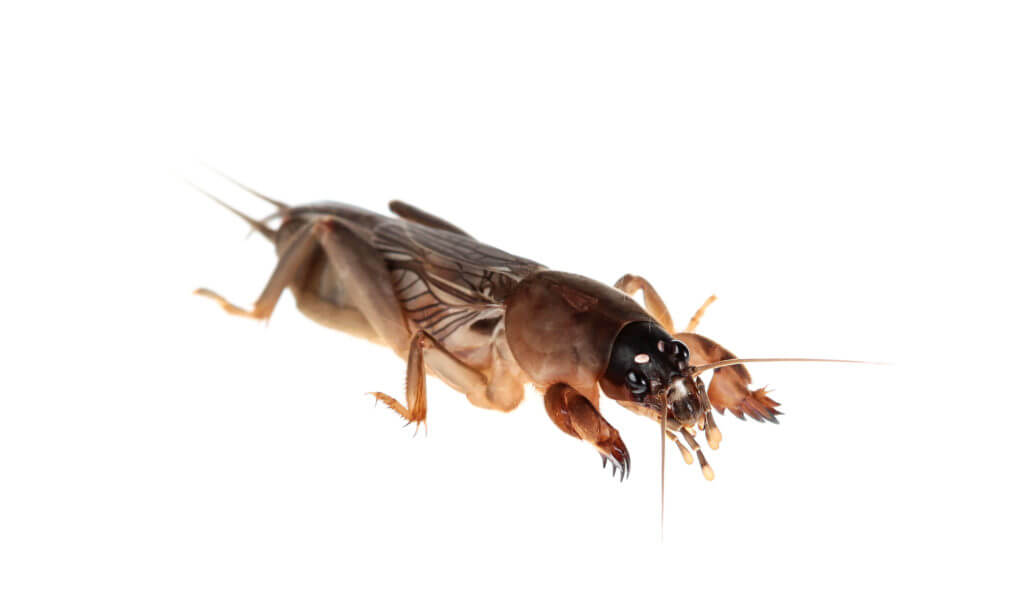Know Your Bugs!
Common Pests
of Central Texas
Having Trouble with Pests?
Contact the experts at iPest Solutions today!
Mole Crickets
Left untreated, mole crickets can become destructive to the lawn. To prevent damage from occurring or getting out of hand, mole cricket elimination, or killing mole crickets, is often the only recourse.
Identifying Mole Crickets
These insects can be recognized by their gray-brown, velvety bodies and wide spade-like front legs, which are well adapted for digging. Adult mole crickets are about an inch to inch and a quarter in length with wings. The nymphs, or immature mole crickets, are similar looking but are smaller and have no wings.
Mole Cricket Damage
Mole cricket damage usually occurs in warmer climates, especially areas along the coast of the southeastern United States. Their damage can be recognized by irregularly raised burrows and dying grass.
These insects are often attracted to lawns that have an abundance of thatch—a thick, spongy mat of runners and undecomposed grass clippings on the soil surface. Improper mowing and excessive water or fertilizer can lead to this condition. Mole crickets find this to be a suitable habitat and will eventually overwinter within deep burrows, which are created by their extensive digging. Once the soil warms up in spring, they will work their way up to the surface to feed on grass, usually at night. This feeding also takes place in the upper inch or so of soil.
Females will begin laying eggs just beneath the soil surface in spring and early summer, with hatching coming shortly thereafter. The nymphs will then develop during summer with damage seen by mid to late July.

Having Trouble with Pests?
Contact the experts at iPest Solutions today!







